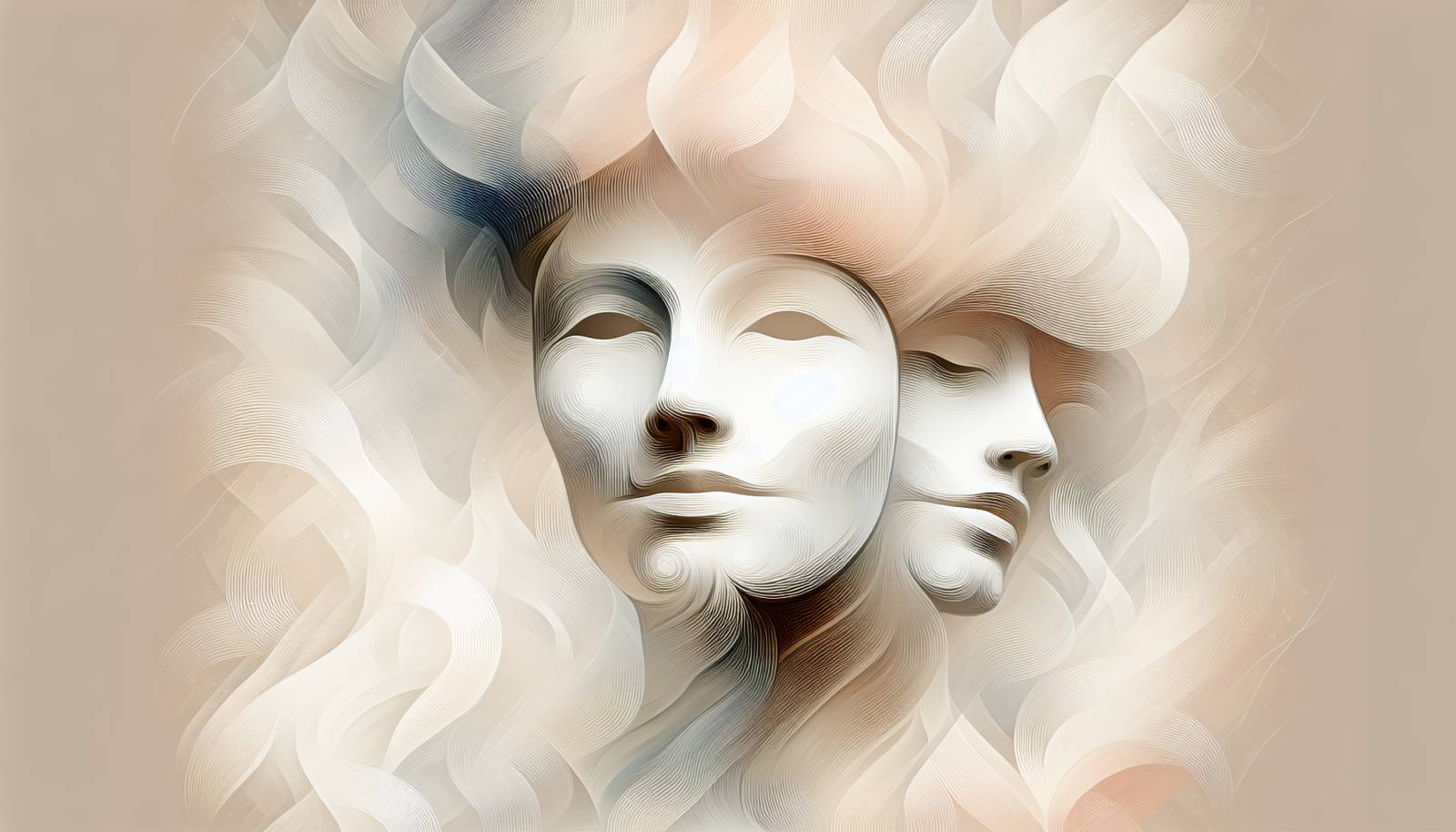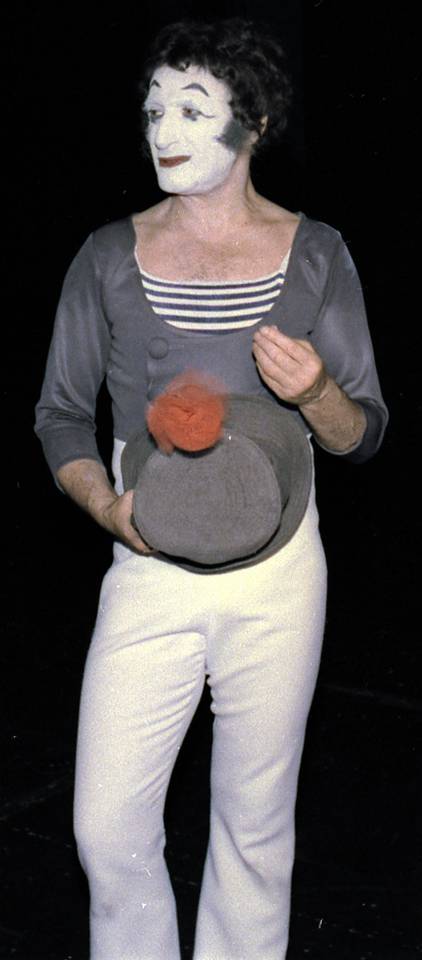
FAQ About Marcel Marceau

Who was Marcel Marceau?
Marcel Marceau was a renowned French mime artist, born on March 22, 1923, in Strasbourg, France. He is celebrated for his exceptional talent in pantomime and is best known for his stage persona Bip the Clown. Marceau's performances communicated profound stories and emotions without a single word, making him one of the most famous mimes of the 20th century.

What is Marcel Marceau's character Bip known for?
Marcel Marceau's character Bip the Clown is emblematic for his whimsical adventures and emotional depth. Bip, with his iconic striped pullover and battered opera hat, often found himself in challenging situations that reflect the human condition, such as love, joy, frustration, and resilience. Through Bip, Marceau expressed the full spectrum of emotions, engaging audiences around the world.

How did Marcel Marceau contribute to the art of mime?
Marcel Marceau revolutionized the art of mime by bringing it to broader and more diverse audiences. He refined and expanded traditional pantomime techniques, using his expressive body language to convey intricate narratives. Marceau's influence helped elevate mime to a respected art form and paved the way for future generations of mime artists by blending traditional techniques with contemporary themes.

Did Marcel Marceau have any involvement in World War II?
Yes, Marcel Marceau was actively involved in World War II. During the German occupation of France, he joined the French Resistance, where he used his skills to help several Jewish children escape to safety by leading them through the woods. His experience in the resistance deeply impacted his life and career, particularly influencing his silent performances that often depicted human suffering and resilience.

What awards did Marcel Marceau receive during his lifetime?
Throughout his illustrious career, Marcel Marceau received numerous awards and accolades. These include the Commandeur de la Légion d'Honneur, one of France's highest honors, as well as the National Order of Merit. He also earned international recognition with awards like the Emmy for television, and his contributions to the arts were celebrated globally through honorary distinctions and medals.

When did Marcel Marceau begin performing as a mime?
Marcel Marceau began performing as a mime professionally in 1947 when he created his character Bip the Clown. However, he had been interested in the art form from a young age. After World War II, he honed his skills at the Charles Dullin School of Dramatic Art in Paris, under the mentorship of Etienne Decroux, a master of French mime.

Was Marcel Marceau involved in any films?
Yes, Marcel Marceau appeared in several films. One of his most notable roles was in the movie Barbarella (1968), where he played the character Professor Ping. Marceau also starred in the 1976 film Silent Movie, directed by Mel Brooks, where he humorously had the only speaking part despite the film's title. His involvement in film further showcased his versatility and talent as a mime artist.

What did Marcel Marceau hope to achieve through his art?
Marcel Marceau aimed to spread universal understanding and emotion through his art of silence. He believed that mime transcended language barriers, allowing audiences from different backgrounds and nations to connect with the performance on an emotional level. Marceau's work often explored themes of love, hope, and humanity, with the intent to foster empathy and understanding among people.

How did Marcel Marceau's work influence other mime artists?
Marcel Marceau set a high standard for mime artistry and inspired countless performers worldwide. His innovative approach and dedication to mime revived interest in the art form, making it both popular and respected. Many contemporary mime artists credit Marceau as a major influence, noting his blend of technical skill and emotional depth as key in their own artistic development.

What was Marcel Marceau's educational background in mime?
Marcel Marceau studied the art of mime at the Charles Dullin School of Dramatic Art in Paris. He was taught by Etienne Decroux, a renowned French mime and actor who is often referred to as the father of modern mime. Marceau’s education under Decroux played a pivotal role in his artistic development, providing him with the foundation to innovate and excel as a mime artist.

How did Marcel Marceau's upbringing influence his career?
Marcel Marceau's upbringing in a family with a passion for art and music played a significant role in his career choice. Born Marcel Mangel, his father was a butcher with a love for singing, and his mother encouraged artistic expression. The loss of his father during the Holocaust deeply affected him, influencing the emotional depth and themes of resilience and survival in his mime performances.

When did Marcel Marceau pass away, and what was his legacy?
Marcel Marceau passed away on September 22, 2007, at the age of 84. His legacy is profound, leaving behind a rich tapestry of performances that have inspired and moved audiences worldwide. Marceau transformed mime into a powerful form of expression capable of conveying complex emotions and stories, and his influence is still felt in the world of performing arts today.

What were some famous performances or shows by Marcel Marceau?
Marcel Marceau's performances were illustrious and wide-ranging. Some of his acclaimed works include The Cage, showcasing a struggle against invisible constraints, and Walking Against the Wind, a signature routine that became iconic among mime enthusiasts. Marceau's ability to express profound stories without words was beautifully exhibited in these performances, cementing his status as a legendary mime artist.

How did Marcel Marceau's art impact society?
Marcel Marceau's art had a significant impact on society by promoting empathy and understanding through silent performance. Mime's universal language allowed audiences of diverse backgrounds to engage with his work, breaking down barriers of language and culture. His performances often addressed themes of war, peace, love, and human resilience, fostering contemplation and dialogue among viewers worldwide.

Did Marcel Marceau write any books on mime or performance?
Yes, Marcel Marceau authored several works on mime and performance, including Les Mots du Silence and other writings detailing his philosophy and techniques of mime. These publications explore the nuances of silent performance and serve as valuable resources for aspiring mime artists and those interested in the art of pantomime.

How was Marcel Marceau's personal life reflected in his art?
Marcel Marceau's personal experiences, particularly his involvement in World War II and the impact of his father's death during the Holocaust, are reflected in his art. His performances often explored themes of sorrow, survival, and the strength of the human spirit. Through mime, Marceau conveyed his personal stories and emotions, infusing each performance with a poignant depth that resonated globally.

What techniques did Marcel Marceau use in his mime performances?
Marcel Marceau utilized various mime techniques, including precise gestures, facial expressions, and body movements, to convey stories and emotions without words. One of his notable techniques was corpus, or the use of silence to enhance the expression of the body, creating a powerful and emotive performance language that captivated audiences worldwide.

How did Marcel Marceau influence other performing arts?
Marcel Marceau's influence extended beyond mime into other performing arts, inspiring actors, dancers, and performance artists with his innovative techniques and emotive storytelling. His emphasis on non-verbal communication and subtlety enriched the creative approaches of performers and directors, influencing theatre, dance, and even cinema, particularly in scenes where physical expressiveness is crucial.

Why is Marcel Marceau considered a pioneering figure in mime?
Marcel Marceau is considered a pioneering figure because he transformed mime from a humble performance art into a sophisticated form of theater known globally. His character Bip, innovative performances, and dedication to educating future mime artists have immortalized him as a trailblazer who reshaped the perception and appreciation of mime as a meaningful art form.
